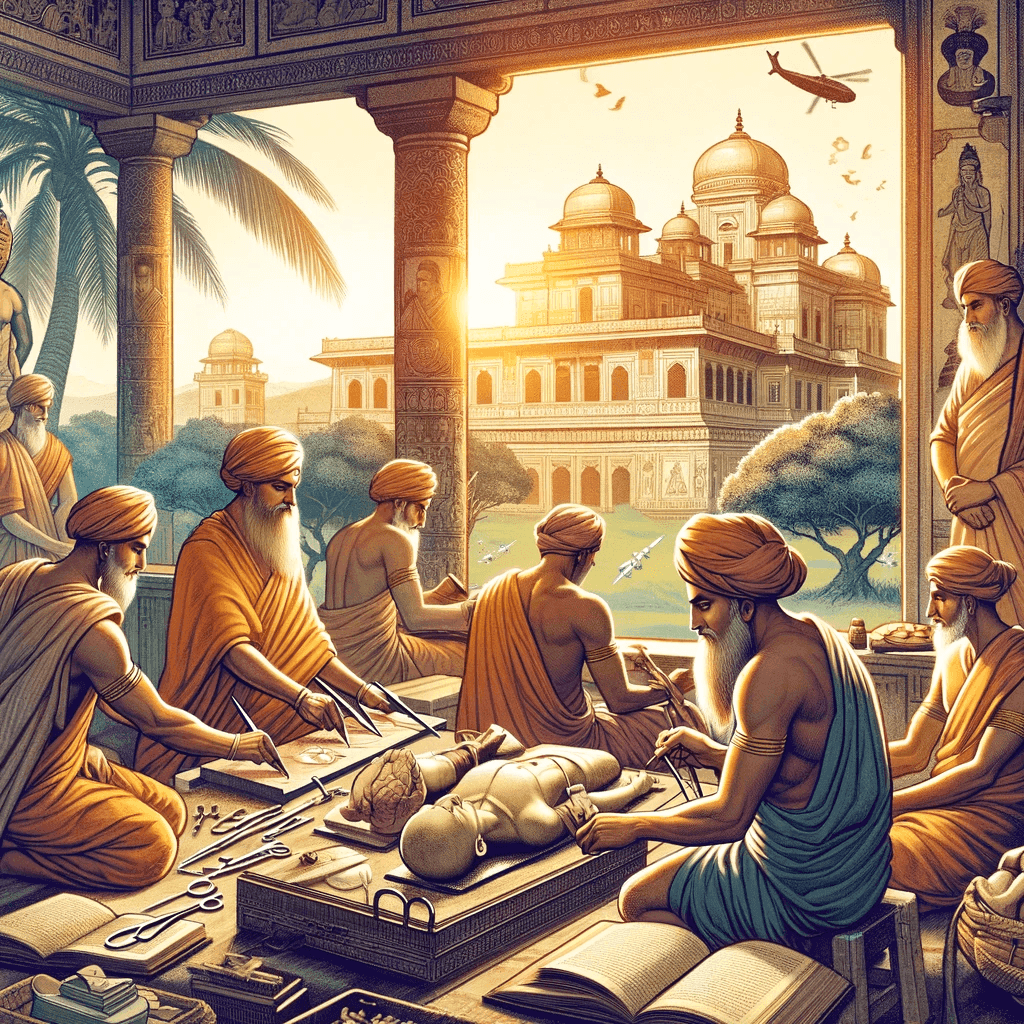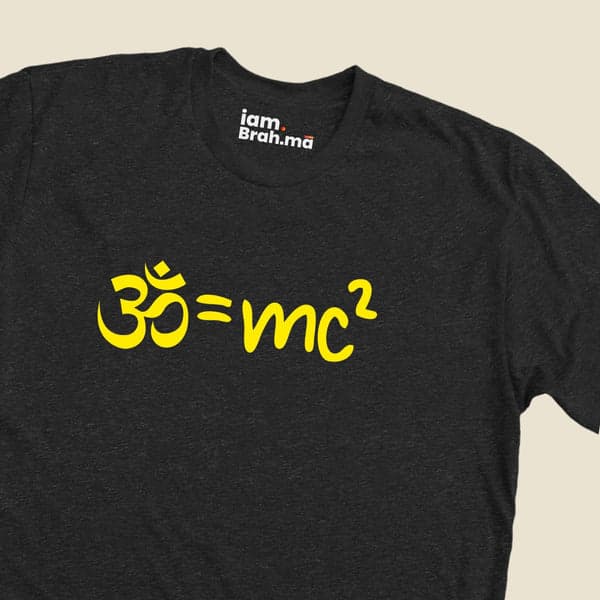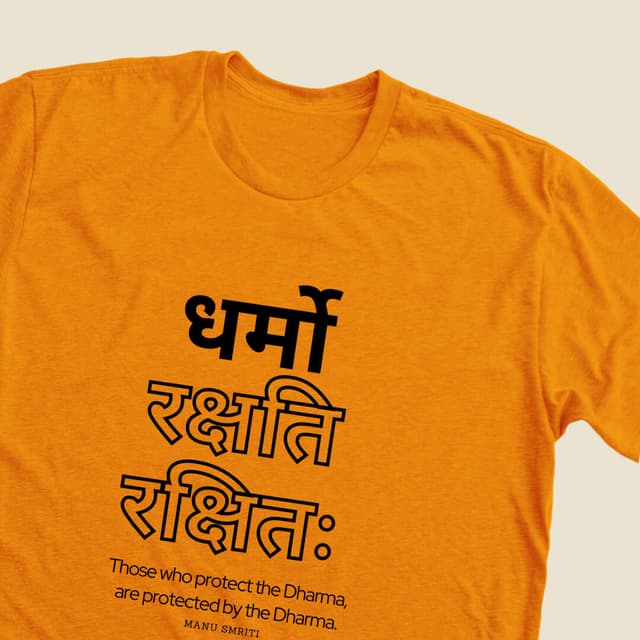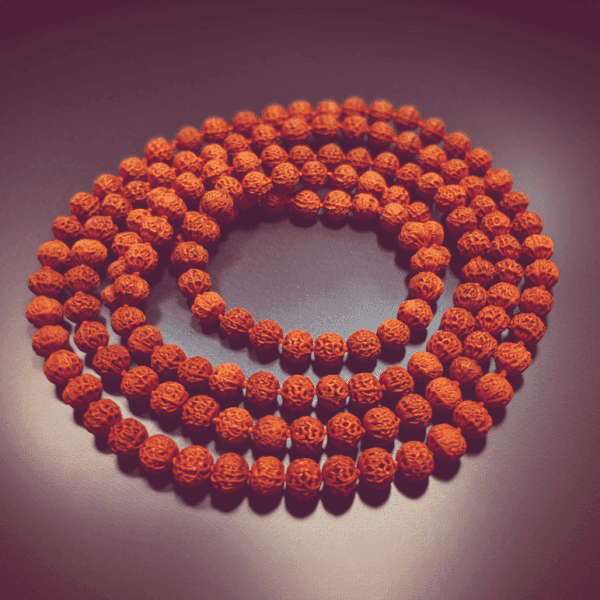Plastic Surgery: The Legacy of Sushruta
Plastic surgery, a medical specialty involving the restoration, reconstruction, or alteration of the human body, has ancient roots traced back to Sushruta, an Indian surgeon renowned as the father of plastic surgery. His contributions laid the foundation for modern techniques and principles in the field.
Information and Other Details

Sushruta: The Pioneer of Plastic Surgery
Sushruta, who lived in ancient India around 600 BCE, authored the 'Sushruta Samhita', a Sanskrit text on medicine and surgery. This work, among the oldest known surgical treatises, describes various surgical techniques, including those for reconstructing noses, ears, and other body parts, effectively the earliest forms of plastic surgery.
Techniques and Procedures Described by Sushruta
The 'Sushruta Samhita' details numerous surgical procedures, including rhinoplasty (reconstruction of the nose), otoplasty (ear surgery), and techniques for repairing facial injuries and deformities. Sushruta’s methods, particularly his technique for nasal reconstruction, known as the 'forehead flap rhinoplasty', are considered precursors to modern techniques.
Sushruta's Influence on Modern Plastic Surgery
The principles and techniques described by Sushruta have influenced the field of surgery for centuries. His comprehensive approach to surgery and post-operative care, emphasis on the study of human anatomy, and innovative techniques contributed significantly to the evolution of plastic surgery.
The Global Spread of Sushruta's Techniques
Sushruta's teachings spread beyond India through translations of his work into Arabic and Persian. In the Renaissance period, European surgeons became aware of his techniques, leading to further development and refinement in the field of plastic surgery.
Modern Plastic Surgery and Sushruta's Legacy
Modern plastic surgery, while vastly advanced in technology and technique, still owes much to the foundational principles laid down by Sushruta. His holistic approach, emphasizing the healing of both body and mind, and meticulous surgical methods, continue to inspire current practices.
...




